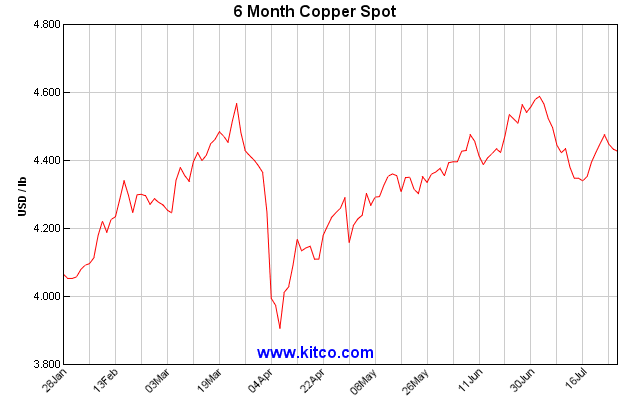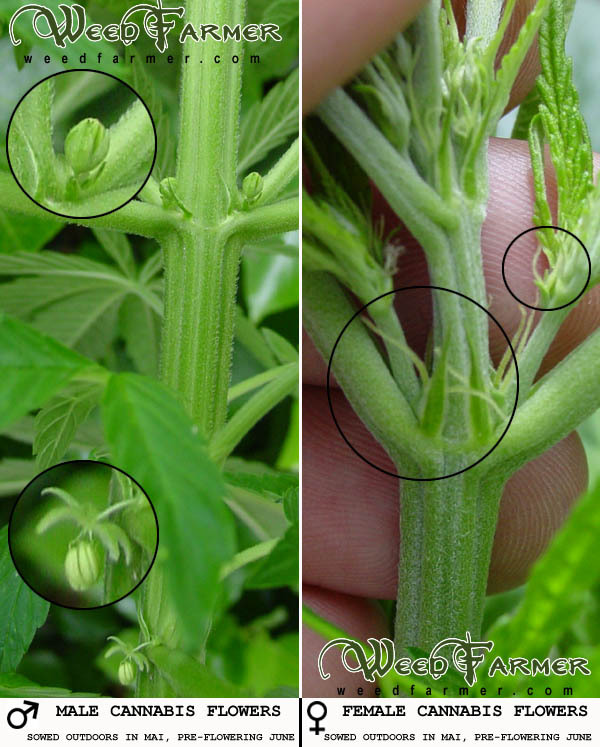

Posted on 01/22/2015 5:58:17 AM PST by blam
Tyler Durden
01/21/2015
While Crude Oil and Dr. Copper are often cited as economic indicators, as @Not_Jim_Cramer notes, in fact Lumber prices are the most correlated with ISM and GDP of all industrial commodities. That is a problem. Lumber prices are tumbling and are breaking the 6-year up-trend that has 'proved' the recovery. With no CCFD manipulation and less financialization than crude, perhaps Lumber is the real canary in the economic collapse coalmine...
Lumber is the most correlated to ISM and GDP of all the industrial commodities... and that is not good for the US economy...
(Excerpt) Read more at zerohedge.com ...


BFL
Lumber and paper pulp are due for a major upset from an unexpected source. Hemp fiber.
Vast amounts of wood are ground to make paper, but hemp fiber makes much higher quality paper than does wood pulp. Hemp is also grown on marginal farmland, so does not compete with other commercial crops, and needs little water, fertilizer or pesticide. It also grows very quickly.
All part of the Obama legacy. The paper economic recovery brought on by borrowed and printed money and the manipulation of data. Real people know it is bad out there and getting worse. If there was a robust economy the price of labor and commodities would be increasing.
Is hemp becoming a commercially viable crop now that marijuana is legal for growth and consumption in states like CO and WA?
Has there been a time when things were not manipulated? When there were free markets not controlled by governments or monopolies?
The strong dollar may be more disruptive than lower commodity prices. A strong dollar makes even more profitable to outsource more jobs, lowering employment numbers.
A graph with a y-axis starting at zero and showing five years' history might well support a different narrative.
It is a real stealth crop. They are now growing commercial amounts in Canada, but even while marijuana is booming in the US, the DEA is still blocking the growing of hemp.
“The final 2014 Farm Bill agreement included a provision that would allow institutions of higher education and state departments of agriculture to grow or cultivate industrial hemp.
“Nineteen states—California, Colorado, Connecticut, Delaware, Hawaii, Illinois, Indiana, Kentucky, Maine, Montana, Nebraska, New Hampshire, North Dakota, Oregon, South Carolina, Tennessee, Utah, Vermont and West Virginia—currently have laws to provide for hemp pilot studies and/or for production as described by the Farm Bill stipulations.
“Eight of these states—California, Colorado, Maine, Montana, North Dakota, Oregon, Vermont and West Virginia—sponsored hemp resolutions and have laws to promote the growth and marketing of industrial hemp.”
Once full scale hemp production is legal, the industry has an expected growth to $6b annually in the first decade, producing not only paper; but fine textile hemp (like silk) fabrics, with most of it exported at least at first; and a multitude of other uses including high quality animal fodder.
But back to lumber. With demand for paper pulp crumbling, it will also force lumber prices significantly lower; and, as an added bonus, preserve the remaining old growth hardwood forests in the US and even allow for reforestation of hardwoods, which have a very different forest ecosystem than pine.
The male pot plant has no THC. The female plants are illegal.

Understood, but I meant that the DEA still outlaws even hemp growing. Is that not the case?
I think it is still legal to grow male pot plants. It is a lot of work to cull the female plants so not many people do it.
You can tell the male seeds from the female seeds too. They are different. Commercially I think you can buy male seeds only, but not sure about that.
Happy to see it, but for other than ZigZags yall are going to have to get to smokin a lot more to even make a pimple on wood fiber paper’s arse.
It seems that as the plants have been manipulated to increase THC that it would be possible to do the opposite. A plant with only trace amounts would be received better as a commercial crop.
I expect it to be a gold-rush kind of deal, with a change in government policy. As you might imagine, the paper industry is not thrilled with the idea, but they would be better served in managing the change by remaining the paper industry, just with the vast majority of their paper being hemp paper.
There is also a guaranteed market for hemp paper in publishing, because it is pH neutral, unlike acid washed pulp which last only fifty years or less unless treated. Hemp paper is good for 200+ years, so is much better for valuable books.
Assuming your statement is correct, “Hemp paper is good for 200+ years, so is much better for valuable books”, it will, as the Sharks say, likely remain a niche market.
Unlikely the paper industry is concerned, if for no other reason the shear volume. Pound for pound, all the legal hemp grown in the US probably will not surpass one truckload of pulpwood trees.
Disclaimer: Opinions posted on Free Republic are those of the individual posters and do not necessarily represent the opinion of Free Republic or its management. All materials posted herein are protected by copyright law and the exemption for fair use of copyrighted works.